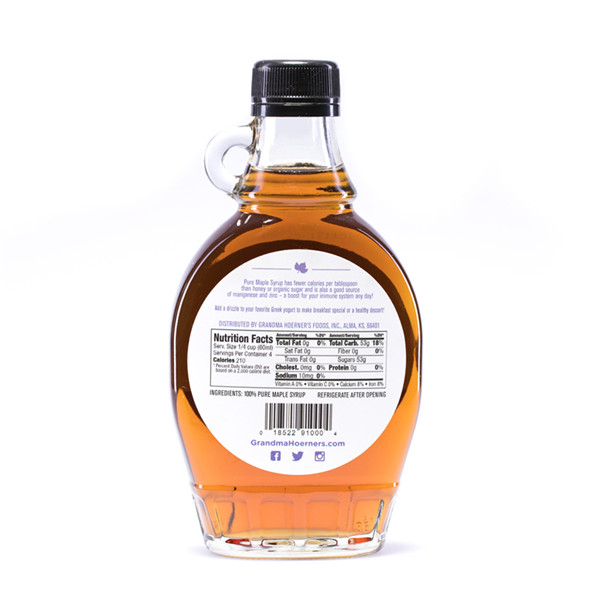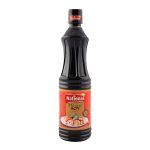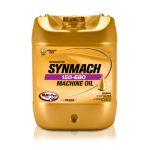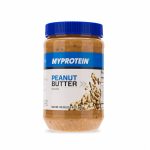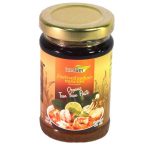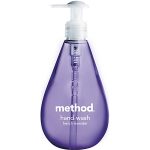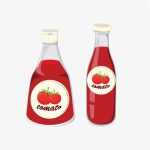Maple Syrup Filling Machine
- Maple syrup has some characteristics that make it unique when compared to what people typically think of as a liquid. The most obvious characteristics being a higher viscosity and a sticky texture
- As already mentioned, syrup has a tendency to be a slow flowing product. Overflow filling machines are typically used for free-flowing, water-like liquids. However, maple syrup is an exception to this rule! Maple syrup becomes an exception because the product will be heated to fill the bottles. Not only does the heating discourage the growth of bacteria, but keeping the syrup at a constant temperature keeps it at the same consistency during the fill. As syrup changes temperature, it will also change viscosity, which would make consistent fills extremely difficult if the temperature were not controlled during the fill. The higher temperature makes the syrup slightly less viscous and allows the overflow filler to be an efficient solution for filling bottles.
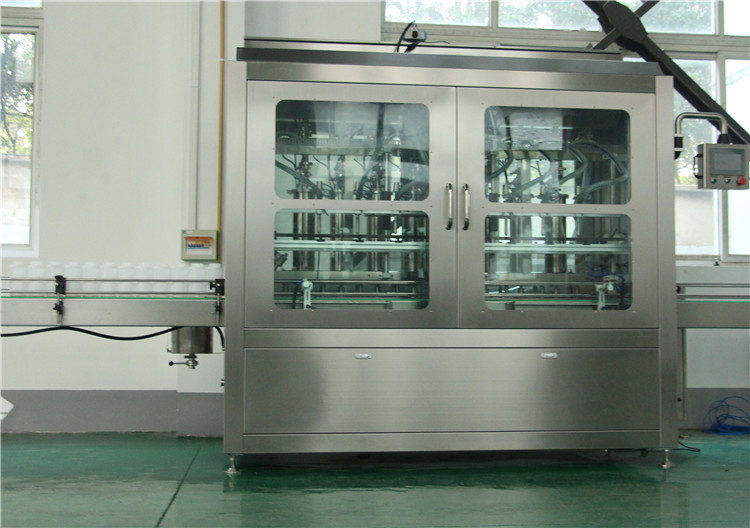
Introduction Maple Syrup Filling Machine
- Servo Drive System
The VK-PF series volumetric filling system utilizes the delicate servo drive system to control the main filling structure, achieving high stability and precise positioning. With the vertical movement of the filling piston provides long term energy saving and also effectively reduces machine load rate. - Tool-Free Adjustment
Adjustments can be made through the PLC, completely tools-free, giving users a fast and efficient result. The delicate servo control system design provides options for surface layer liquid filling, bottom layer liquid filling, and bottle neck (opening) filling accordingly with different types of liquids. - High Accuracy
The delicate servo system controls the filling amount through precise piston strokes, providing high filling accuracy. The piston is intelligently designed with an adjusting mechanism to enable users to obtain ultimate higher accuracy. - High Adaptability
The Automatic Servo Filling Machine can be used in food, pharmaceuticals, chemicals, cosmetics, and other industries.
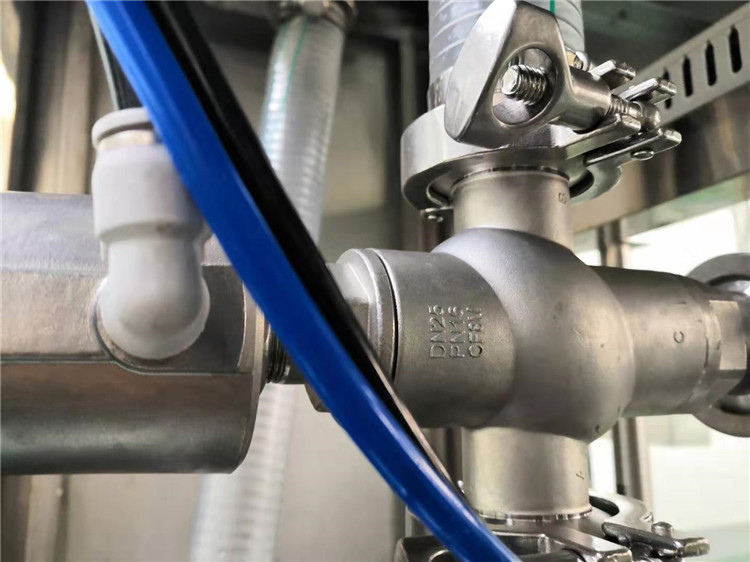
Maple Syrup Filling Machine Features
- Controlled by Schneider servo system.
- Adjustable filling speed
- Accurate to ±0.5% (with drinking water)
- Integrated digital control with Schneider PLC and high-tech touch screen controls for easy operation.
- Designed for easy changeover and cleaning.
- Professional manufacturing techniques using the ISO-9001 system.
- GMP standard stainless steel.
- Bottom-up filling for option.
- Bottle neck location.
- No bottle-no fill system.
- Filling zone protected by stainless steel frame
- Volume is easily adjusted through touch screen. Filling pistons are controlled by servo system.
- Individual piston adjustment.
- Digital control system to enable multiple filling actions on the same bottle for double, triple and more.Nozzles can set to be above bottle mouth or bottom up, synchronizing with liquid level (beneath or above) to eliminate bubbling of foamy liquids.
- Three-step-filling, it can fill slowly at the beginning and then accelerate to faster speed, finally slow down once again to finish up. This can prevent foamy liquids from bubbling and avoid spillage.
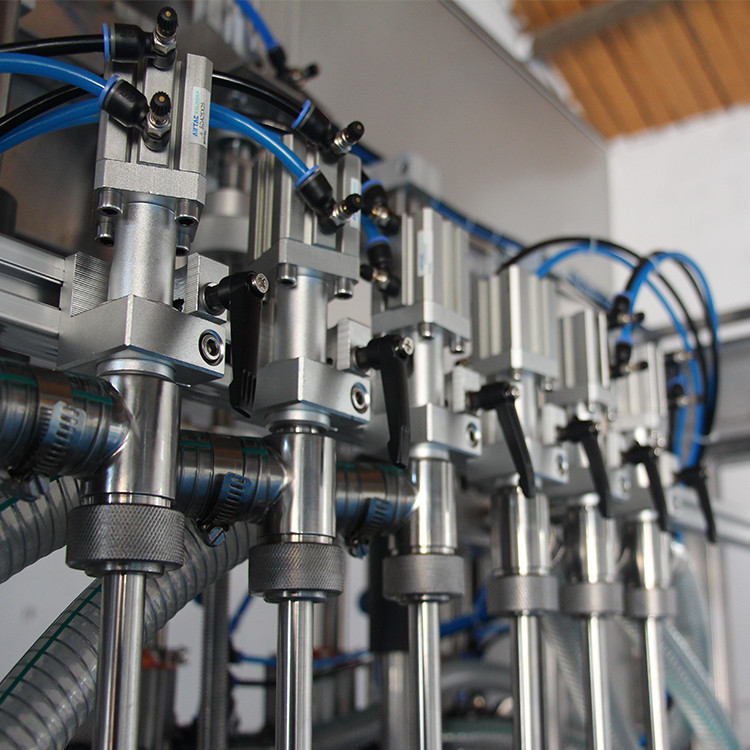
Advantages of servo system
- Volume Setting by touch screen, digital display
- Further Accuracy Adjustment by touch screen
- TBI screw lead adapted, higher accuracy
- 3-step filling, low speed for bottom layer and mouth layer, high speed for middle layer, this can prevent foamy liquids from bubbling and avoid spillage and get more filling efficiency.
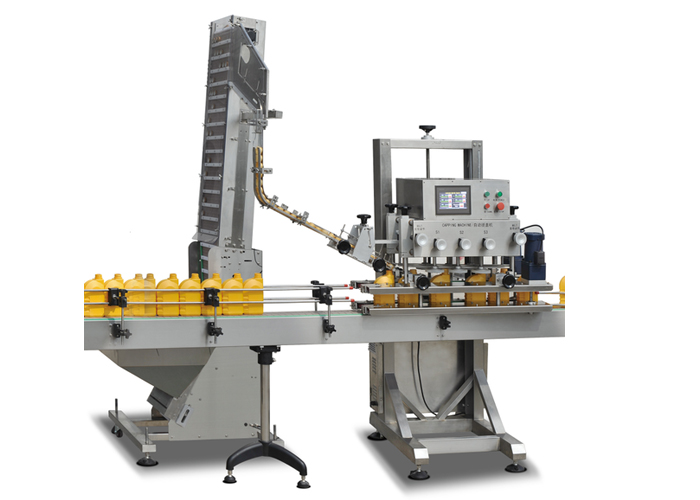
Capping Machinery
- Neither the product nor the shape of the bottle will have much to do with choosing the best capping machine for maple syrup. Instead, the type of closure used on the bottle will go a long way toward determining the best capping solution. Most maple syrup bottles will use a screw-on type closure, which means either a spindle capper or chuck capper will usually be found on a packaging line for the product. Unique bottles may still require custom solutions for bottle stability, but using either spindle wheels or chuck heads to screw on and tighten caps will almost always be the best solution for maple syrup bottles.
- Whether glass or plastic bottles are used, the rinse, fill and cap combinations described above will usually make up a typical bottling line for maple syrup. Of course, other equipment may also be found, including labeling and coding machinery to present the product to the consumer and include information such as a batch code or expiration date, respectively. While a unique product in several respects when it comes to packaging, machinery for maple syrup still consistently adds efficiency and reliability to the packaging process.
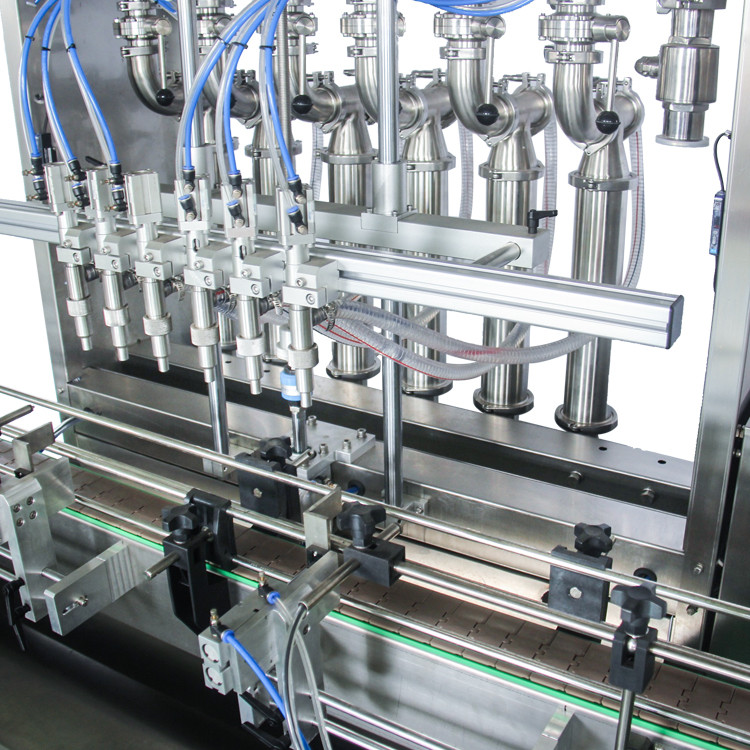
Installation and Debugging
- We will send engineers to carry out installation and debugging of the equipment in buyer’s place if requested.
The cost for International double ways air tickets, accommodations, food and transportations, medical shall be paid by Buyer for the engineers. - The normal debugging term is 3-7days, and the buyer should pay US$80/day per engineer.
If customer do not require above, then customer need to be train in our factory. Before installation, the customer need read the operation manual firstly. Meanwhile, we will offer an operation video to customer.
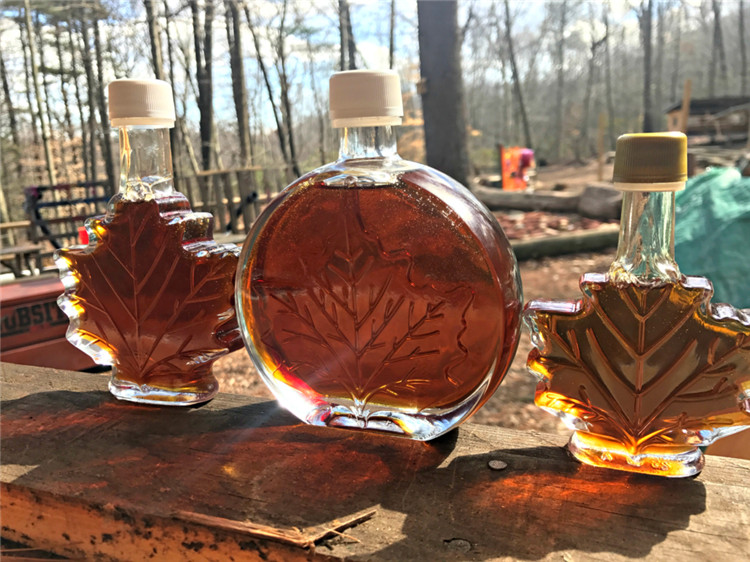
Introduction Maple syrup
- Maple syrup is a syrup usually made from the xylem sap of sugar maple, red maple, or black maple trees, although it can also be made from other maple species. In cold climates, these trees store starch in their trunks and roots before winter; the starch is then converted to sugar that rises in the sap in late winter and early spring. Maple trees are tapped by drilling holes into their trunks and collecting the exuded sap, which is processed by heating to evaporate much of the water, leaving the concentrated syrup. Most trees produce 20 to 60 litres (5 to 15 US gallons) of sap per season.
- Maple syrup was first made and used by the indigenous peoples of North America, and the practice was adopted by European settlers, who gradually refined production methods. Technological improvements in the 1970s further refined syrup processing. The Canadian province of Quebec is by far the largest producer, responsible for 70 percent of the world’s output; Canadian exports of maple syrup in 2016 were C$ 487 million (about US$ 360 million), with Quebec accounting for some 90 percent of this total.
- Maple syrup is graded according to the Canada, United States, or Vermont scales based on its density and translucency. Sucrose is the most prevalent sugar in maple syrup. In Canada, syrups must be made exclusively from maple sap to qualify as maple syrup and must also be at least 66 percent sugar. In the United States, a syrup must be made almost entirely from maple sap to be labelled as “maple”, though states such as Vermont and New York have more restrictive definitions.
- Maple syrup is often used as a condiment for pancakes, waffles, French toast, oatmeal or porridge. It is also used as an ingredient in baking and as a sweetener or flavouring agent. Culinary experts have praised its unique flavour, although the chemistry responsible is not fully understood

